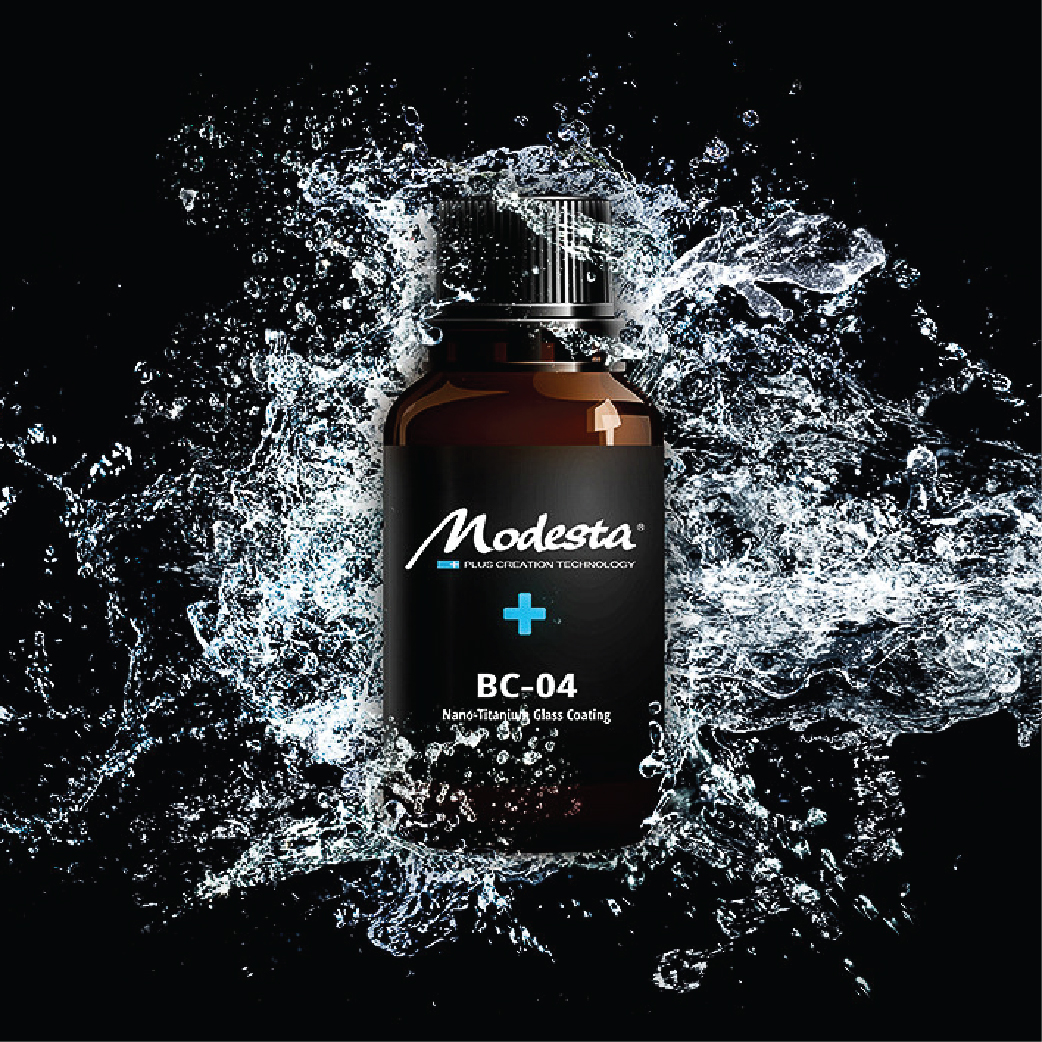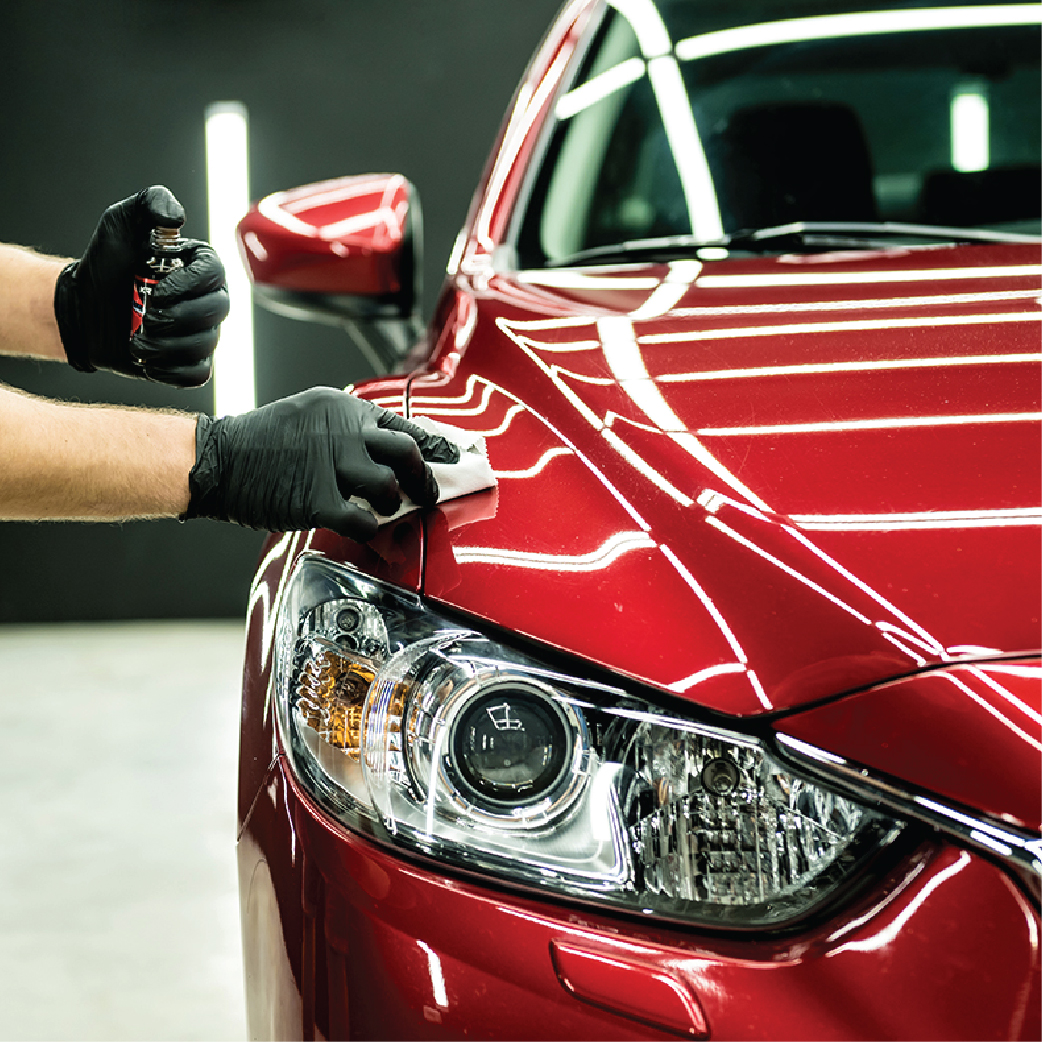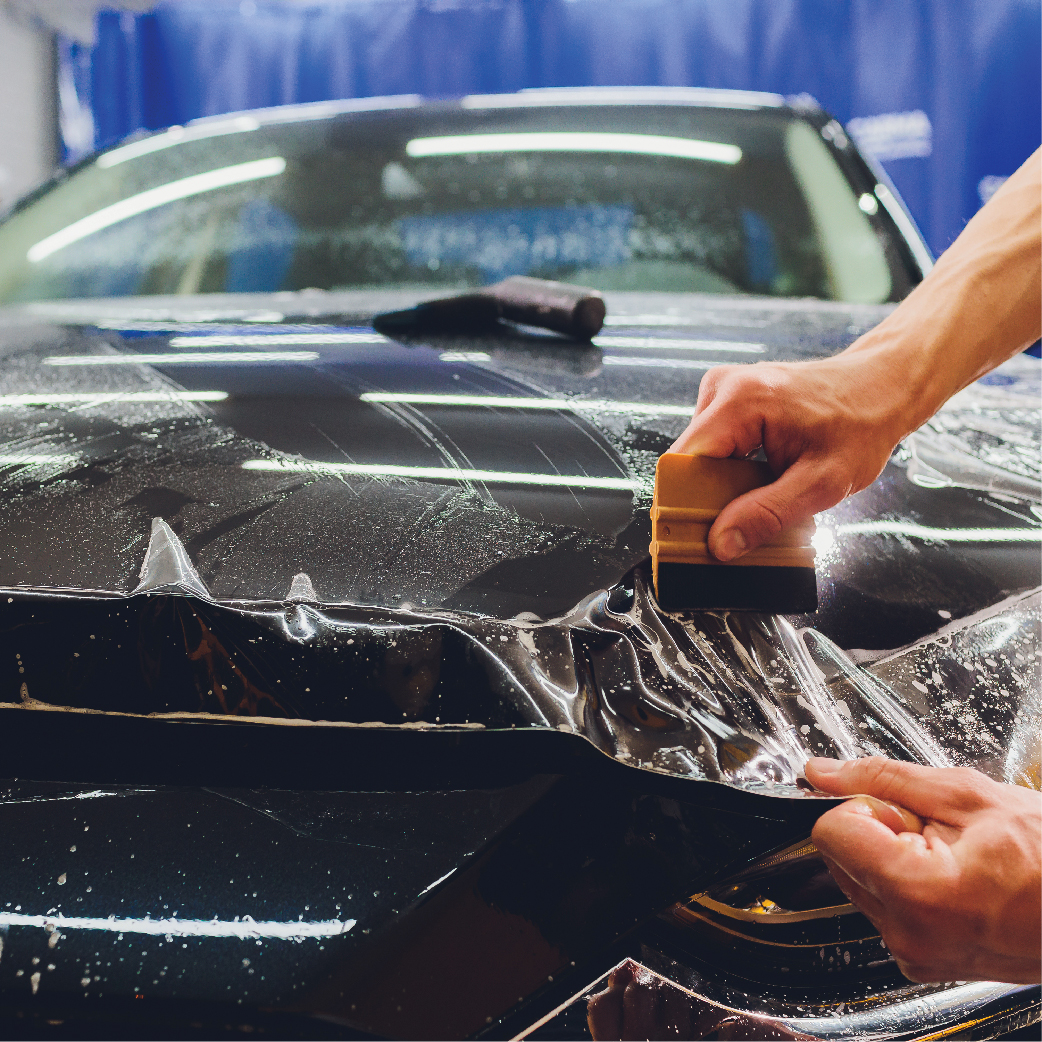
The Ultimate Guide to Modesta Ceramic Coating
In the realm of automotive aesthetics and preservation, few technologies have made a significant mark as ceramic coatings. They’re not just another layer of protection; they represent a quantum leap in shielding your vehicle from the harsh elements of the road, offering unrivalled beauty and longevity. And when it comes to ceramic coatings, one name that stands tall in the industry is Modesta. In this blog, we’ll delve into the fascinating world of Modesta ceramic coatings and why they’re revolutionising the way we care for our cars.
What is Modesta Ceramic Coating?
Modesta is a premium brand in the world of automotive ceramic coatings, known for its premium quality. Modesta coatings are essentially liquid polymer coatings that, when applied to the surface of your vehicle, chemically bond with the factory paint to create an impenetrable, transparent layer. This layer acts as a barrier against a wide array of debris, from dirt and dust to environmental pollutants and even minor scratches.
Modesta Liquid Glass Coating
Modesta Liquid Glass Coating is a premium automotive coating product that falls under the ceramic coating category. It is known for its advanced technology and exceptional protective properties for vehicle surfaces. When applied, Modesta Liquid Glass Coating creates a durable, transparent layer that bonds with the vehicle’s paint, providing protection against UV rays, oxidation, acid rain, bird droppings, and other environmental contaminants.
The Modesta Difference:
So, what sets Modesta apart from other ceramic coatings on the market?
- Exceptional Durability: Modesta coatings are engineered to last, providing protection for years, not just months. Their high resistance to chemicals and extreme temperatures ensures longevity.
- Hydrophobic Properties: Modesta coatings excel in water repellency. Rainwater beads up and rolls off effortlessly, taking dirt and grime with it, which means less time spent on washing and maintenance.
- High Gloss Finish: The aesthetic enhancement offered by Modesta coatings is undeniable. Your vehicle’s paint will boast an unmatched shine, often referred to as the “wet look.”
- Resistance to Environmental Factors: Whether it’s the sun’s UV rays, acidic bird droppings, or tree sap, Modesta coatings offer a formidable defence against environmental threats.
- Easy Maintenance: Cleaning your vehicle becomes a breeze with Modesta. The smooth, hydrophobic surface makes dirt removal effortless, reducing the chances of swirl marks during washing.
- Scratch Resistance: While not a substitute for paint protection films, Modesta coatings do provide an added layer of resistance against minor scratches and swirl marks.
The Application Process
Applying Modesta ceramic coating to your vehicle is a meticulous process that requires expertise and precision. It typically involves thorough surface preparation, including paint correction to remove imperfections, followed by the precise application of the coating. This process ensures that the coating bonds perfectly with the vehicle’s surface, maximising its effectiveness.
Decontamination Wash:
- A decontamination wash is a thorough cleaning process to remove contaminants like dirt, grime, industrial fallout, and pollutants from the surface of a vehicle. It typically involves using specialised decontamination products and techniques to prepare the surface for further detailing.
Tar Removal:
- Tar removal is the process of eliminating sticky tar deposits from a vehicle’s exterior surfaces. Tar often accumulates on the lower sections of a car and can be difficult to remove with regular cleaning methods. Specialised tar removal products dissolve the tar, making it easier to clean.
Clay Bar:
- A clay bar is a malleable detailing tool used to remove contaminants, such as embedded dirt, tree sap, or industrial fallout, from the surface of a vehicle. It works by gently gliding over the surface to pull out contaminants, leaving a smoother finish.
2 Step Paint Correction:
- A 2 Step Paint Correction involves a two-stage process to restore a vehicle’s paintwork. The first step typically involves using a compound or polish to remove surface imperfections like scratches and swirl marks. The second step uses a finer polish or glaze to refine the finish and enhance gloss.
Primer Application:
- Primer application is a crucial step in the automotive painting process. Primer acts as a bonding agent between the vehicle’s surface and the paint, ensuring better adhesion, durability, and a more even finish. It helps to prevent rust and corrosion as well.
Modesta Liquid Glass Application:
- Modesta Liquid Glass is a high-quality ceramic coating applied to a vehicle’s exterior surfaces. The application involves carefully spreading and levelling the liquid glass product on the paint, creating a protective, glossy, and durable layer. This coating enhances the vehicle’s appearance and offers long-lasting protection.
IR Curing:
- IR (Infrared) curing is a technique used to accelerate the drying and curing of paint or coatings on a vehicle’s surface. Infrared lamps emit infrared radiation, which helps the paint or coating to dry faster, resulting in a more efficient and even curing process, saving time and improving productivity.
Conclusion
In the world of automotive care, Modesta ceramic coatings represent the epitome of protection, preservation, and aesthetic enhancement. They are a testament to the relentless pursuit of excellence in automotive detailing. So, if you’re looking to enhance your car’s appearance and shield it from the harshness of the road, it might be time to explore the world of Modesta ceramic coatings. After all, your car deserves nothing but the best.


